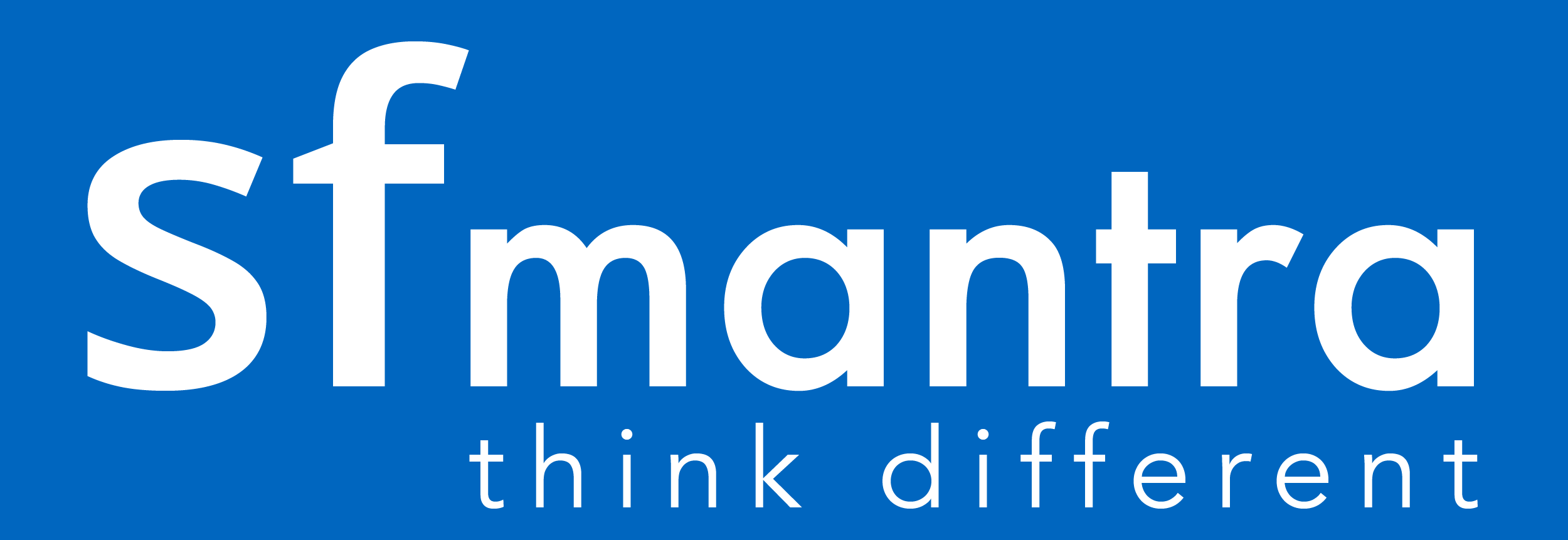Introduction
In Salesforce development, access modifiers are essential for managing visibility and control within your Apex code. Understanding how these modifiers work is crucial to building secure, organized, and well-functioning applications. This blog post will dive into the different access modifiers available in Salesforce Apex, explain their purposes, and provide examples of how to use them effectively.
What Are Access Modifiers?
Access modifiers in Salesforce Apex determine the visibility of classes, methods, and variables within your code. They control where these elements can be accessed from and who can see them. Using access modifiers properly can help secure your code, maintain proper encapsulation, and avoid unintended access to certain parts of your application.
Types of Access Modifiers in Salesforce Apex
Salesforce provides four main access modifiers in Apex:
- Private
- Protected
- Public
- Global
Let’s break down each of these access modifiers and their specific use cases.
1. Private Access Modifier
The private access modifier restricts the visibility of classes, methods, and variables to within the same class. It is the most restrictive access level in Apex, ideal for data and logic that should not be exposed outside the class it belongs to.
Use Case: Use private when you want to keep internal details of a class hidden and avoid unintended access from other classes.
Example:
public class MyClass {
private String secretMessage = 'This is private';
private void privateMethod() {
// Only accessible within MyClass
}
}In this example, secretMessage and privateMethod() can only be accessed within MyClass itself.
2. Protected Access Modifier
The protected access modifier is less restrictive than private and allows visibility to the current class and any subclasses (child classes). However, it’s still not accessible to classes that are outside the class hierarchy.
Use Case: Use protected when you want to share data or methods with subclasses but keep them hidden from other unrelated classes.
Example:
public class ParentClass {
protected String familySecret = 'Family only';
protected void shareWithFamily() {
// Accessible in child classes
}
}
public class ChildClass extends ParentClass {
public void revealSecret() {
System.debug(familySecret); // Allowed due to protected access
}
}In this example, familySecret and shareWithFamily() are accessible in ChildClass but not to classes outside of the ParentClass hierarchy.
3. Public Access Modifier
The public access modifier allows access to classes, methods, and variables from anywhere in the Apex code, as long as they are within the same namespace. However, if you plan to use your code across different namespaces (such as in a managed package), public may not always offer the necessary visibility.
Use Case: Use public when you need access to a method or variable from any class within the same namespace.
Example:
public class OpenClass {
public String openMessage = 'Accessible to all within the namespace';
public void openMethod() {
// Can be called from any class in the same namespace
}
}Here, both openMessage and openMethod() are accessible to any other class in the same namespace.
4. Global Access Modifier
The global access modifier is the least restrictive and makes classes, methods, and variables accessible across all namespaces, even in managed packages. This modifier is necessary if you intend to expose your code to external packages or applications.
Use Case: Use global when you want your code to be accessible everywhere, including outside your namespace and in managed packages.
Example:
global class UniversalClass {
global String universalMessage = 'Visible to all namespaces';
global void universalMethod() {
// Accessible to any class in any namespace
}
}In this example, universalMessage and universalMethod() are accessible from any namespace, making this class suitable for use in managed packages.
Summary of Access Modifiers
| Modifier | Visibility | Use Case |
|---|---|---|
| Private | Same class only | Internal logic/data |
| Protected | Same class and subclasses | Data shared with subclasses only |
| Public | Same namespace | General access within the namespace |
| Global | All namespaces | External packages, managed packages |
Conclusion
Choosing the right access modifier is key to building secure, organized Apex code in Salesforce. By using private and protected where possible, you can safeguard your internal logic. Use public for general access within the namespace and global when external access is needed. Mastering these access levels will help you write code that’s easier to maintain, secure, and efficient.
FAQs on Salesforce Access Modifiers
- What is the difference between
publicandglobalaccess modifiers in Salesforce Apex?Answer: Thepublicmodifier allows access within the same namespace, while theglobalmodifier makes a class, method, or variable accessible across all namespaces, including external packages and managed applications. Useglobalonly if external access is necessary. - When should
privatevs.protectedmodifiers be used?Answer: Useprivatewhen you want access restricted to within the same class only. Useprotectedif you need to share access with subclasses but keep it hidden from unrelated classes. - Is it possible to change an access modifier after code deployment?Answer: Yes, access modifiers can be changed post-deployment. However, be cautious, as changes can impact functionality, especially if the code is referenced by other components or part of managed packages.
- Is the
globalmodifier safe to use?Answer: Theglobalmodifier should be used sparingly, as it increases the risk of unintended access. Reserveglobalfor when a class or method needs access from external namespaces or managed packages. - What are some best practices for using access modifiers in Salesforce?Answer: Stick to
privateandprotectedmodifiers as much as possible to secure and encapsulate code. Usepublicorglobalonly when necessary, as these increase visibility and potentially expose data. - Can multiple access modifiers be applied to the same method or variable?Answer: No, each method, class, or variable can only have one access modifier. Choose the modifier that best fits your needs based on visibility requirements.
- Why are access modifiers important in Salesforce Apex?Answer: Access modifiers control the visibility and accessibility of code, ensuring encapsulation, security, and data integrity. They help prevent unwanted access to sensitive data and functions, making code safer and more maintainable.

